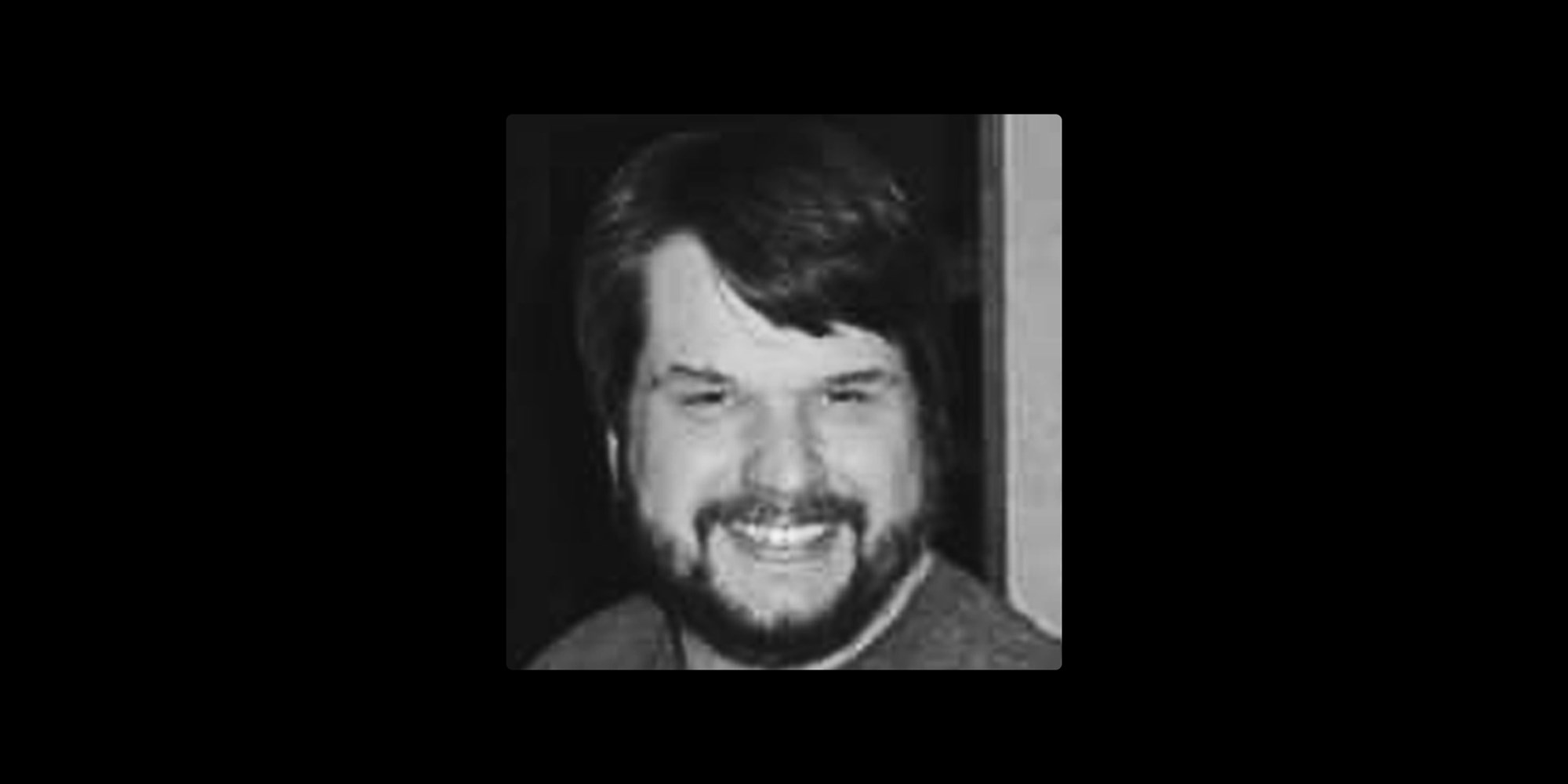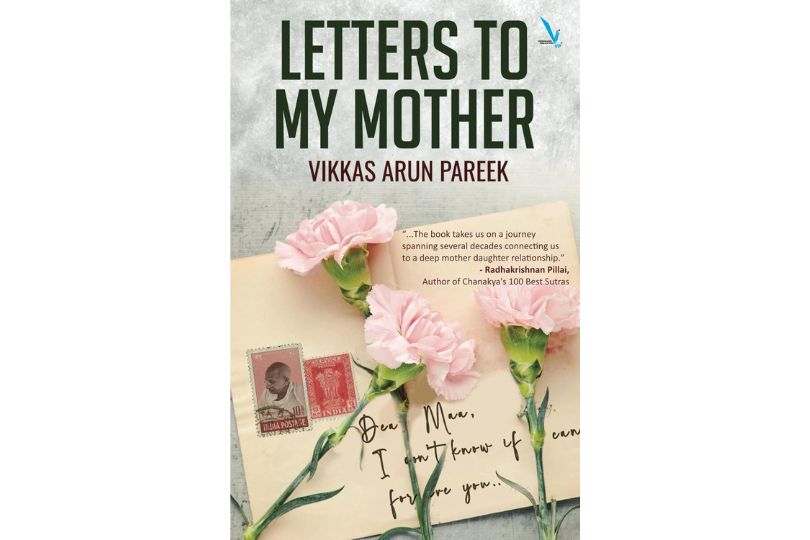As the artist for the popular comic Legion of Super-Heroes in the early 1980s, Steve Lightle made a living dreaming up the future, but his own was cut short by Covid-19.
Lightle, 61, died from cardiac arrest in a Kansas City, Missouri, hospital on Jan. 8, just three days after coming down with what he thought was a head cold and just hours after he was rushed to the hospital.
Covid stole my husband's life and our future together, said Marianne Lightle, his wife of 38 years, by email. We wore masks, social distanced, washed our hands. ... It appeared as a cold and became death.
I will never forget the helpless feeling of not being able to save him, added Marianne Lightle, who now has Covid-19 herself.
Best known for his runs on Legion and Doom Patrol for DC and Classic X-Men covers for Marvel, Lightle became a fixture at conventions, never too busy to mentor the next generation. He came across as larger than life and drew visuals that were just as grand.
My memories of him are that he was just a very enthusiastic, very warm guy who was excited about everything he was doing, said Paul Levitz, the writer on Lightle's Legion run and a longtime friend. He was happy to be contributing in any way that he possibly could, had a bunch of ideas and was just enjoying the hell out of what he was getting to do.

Born in Kansas City, Kansas, on Nov. 19, 1959, as the youngest of four children in a working-class family, Lightle had his work cut out for him to break into the comic business. He hailed, after all, from a part of the country that was more Smallville than Metropolis at a time when the comic book industry was centralized in New York City.
When he was a teenager, he self-published, Marianne Lightle said. He was always an artist and always drawing.
With the rise of overnight delivery services in the early 1980s, however, an artist like Lightle could work from anywhere. His first professional credit came with AC Comics' Black Diamond #4 in 1984, and within months he was tapped to draw The Legion of Super-Heroes for DC. It was a giant leap in a single bound for a young artist.
The gig was an especially sweet plot twist for a kid who grew up doodling that team of superheroes from the 31st century.
I try to give my all to each assignment that I take on, Lightle told Comic Book Resources in 2002. With the Legion it's really easy to find that personal connection, because I've been a fan of the series since my childhood. The first Legion drawing that I can remember ever doing was created at my school desk in 2nd grade.
Levitz, then the established writer of that series, remembers his new artistic partner as always thinking ahead — 1,000 years into the future to be exact. Lightle, for example, came up with the design for the fan-favorite hero Tellus, a hulking aquatic creature that proved surprisingly human at heart.
As a creative person, he was an unusually thoughtful artist about coming up with new characters and new elements, Levitz said. He was very comfortable trying to figure out how to depict the future, which is always an interesting question.
An awful lot of the things that we came up in the comics in those days, we only got right [in] 20 years, not 1,000, and some we may not get for the full 1,000 years. It's hard to tell, Levitz said.
By the time he landed the Legion job, he was working on a more traditional kind of future, having married his childhood sweetheart, Marianne, whom he met when he was 19 and she was 16. The couple went on to have two children together: a son, Matthew, in 1986 and a daughter, Nina, in 1994.

In 1988, Lightle drew the first five issues of DC's Doom Patrol, a superteam that would inspire a TV series just over 20 years later.
Marvel tapped him to draw the covers for the series Classic X-Men in 1989. He drew more books for the publisher through the '90s, including several issues featuring the popular hero Wolverine.
The experience of working with the claw-popping X-Men character would come in handy when he drew a birthday announcement for his grandson Logan, who shares the same name as the hero.
My husband drew an illustration of my very pregnant daughter-in-law with the word 'snikt' and claws coming from her belly, recalled Marianne Lightle, referring to the word for the sound effect of Wolverine's claws being extended.
Lightle continued to draw up until his death, channeling his passion into his own online comic series, Justin Zane. He also enjoyed meeting fans on the comic-convention circuit, where his original fans who enjoyed his work in their childhoods were bringing their own children along.
He also liked talking with young aspiring artists, Marianne Lightle said. He made some lasting friendships with a few he had mentored.
Though he never achieved the superstardom of some other artists, people in the industry appreciated his dynamic style. After learning of Lightle's death, Jim Lee, one of the most popular artists in the business and now chief creative officer at DC, tweeted that he was a huge fan of his work on Legion of Superheroes growing up.
There should have been more issues of comics, more laughs with fans at conventions, more time with his five — soon to be six — grandchildren.
He loved people. He loved animals. He was just such a gentle soul, Marianne Lightle said. He felt deeply and was never one to mince words. He was the most honest human being I have known.
He was my best friend, she said, and I can't talk about him without losing my grip, because he was my strength.




.jpg)






.jpg)

.jpg)

.jpg)

.jpg)
.jpg)










Sorry! No comment found for this post.